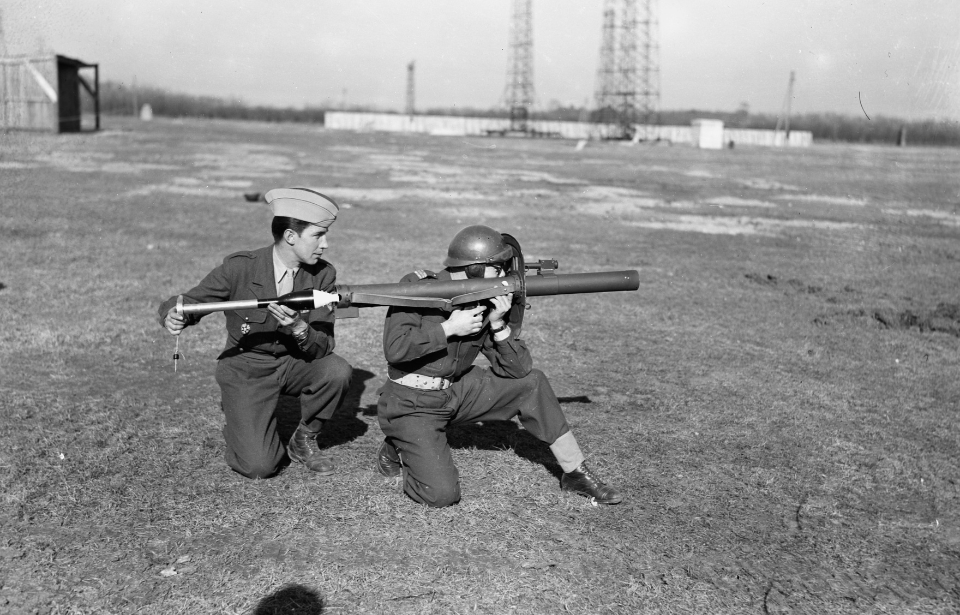Tank battles were incredibly common during World War I and II. The Germans were equipped with impressive armored fighting vehicles that were effective on the battlefield, inspiring the Allied forces to develop weaponry that could take them out. While developed after the Second World War had come to an end, the LRAC-50 73 mm bazooka was a descendent of these weapons.
Origins of the bazooka
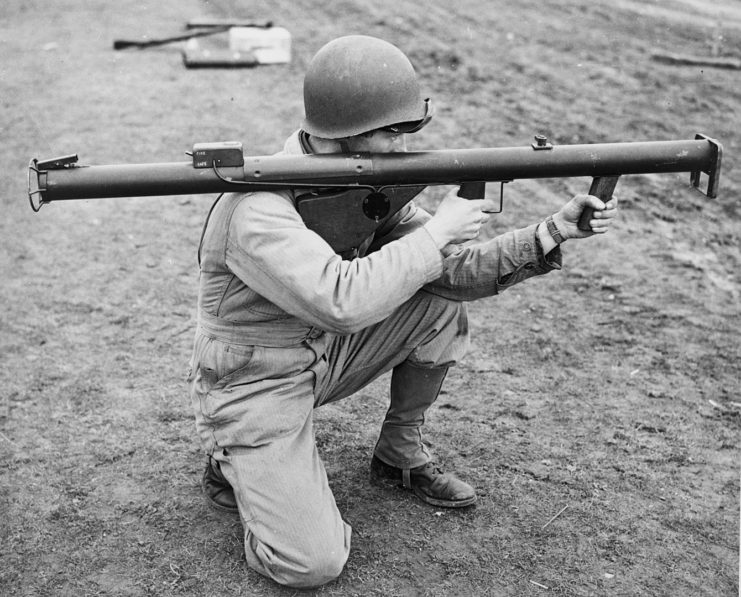
The bazooka, an anti-tank rocket launcher, was developed by Robert H. Goddard, a teacher and physicist. Just five days before the First World War came to an end, he and his partner, Clarence N. Hickman, shared their creation with the US Army Corps of Engineers.
When funding for such weapons was decreased during the interwar period, Goddard stepped away from the bazooka in 1923. This led Hickman to take over the project and see it through to completion.
Use of anti-tank launchers during World War II
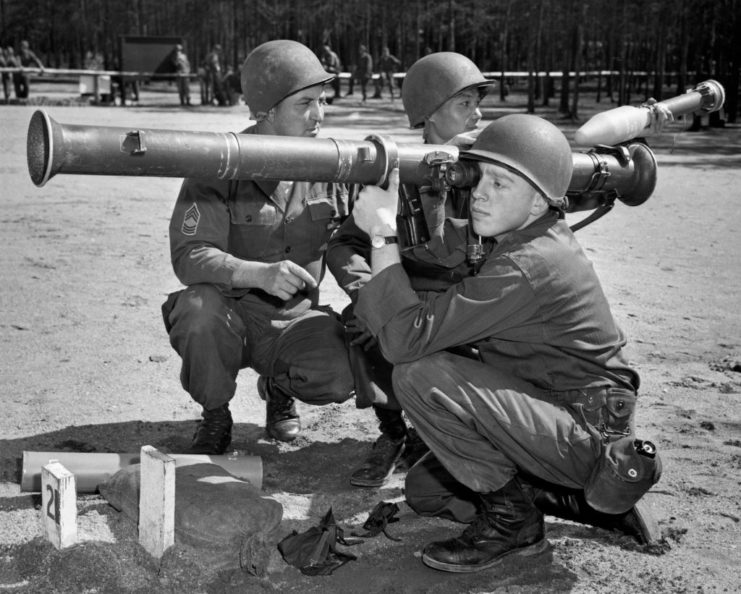
By the time the Second World War began, bazookas were far more powerful than they had been. American soldiers were equipped with both the M1 and M1A1 bazooka, with the former turning out to be much more powerful and reliable. It fired High-Explosive Anti-Tank (HEAT) rounds and was capable of penetrating up to 76 mm of armor.
During Operation Torch, the Allied invasion of North Africa, the Germans recovered a number of M1 bazookas. Scientists reverse engineered the weapons, resulting in the development of the Panzerschreck – formally known as the Raketenpanzerbüchse 54. The Germans had improved the launcher by expanding the diameter of the rocket from 60 mm to 88 mm. This additional firepower allowed the warhead to more easily penetrate tank armor.
The French looked to create their own bazooka
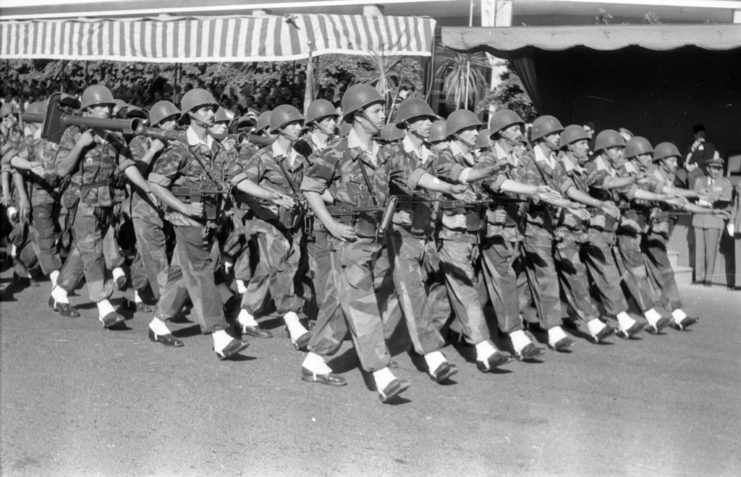
Following the Second World War, the French wanted to create their own anti-tank bazooka. Officially named the lance-roquettes antichar de 73 mm modèle 1950 (LRAC de 73 mm Mle 1950), it was based on the American-made M20 “super bazooka,” just without its range. It also took a leaf out of the Panzerschreck‘s book, featuring a steel face plate to protect the operator.
While it didn’t shoot warheads as large as the German launcher, the rockets still came in at an impressive size and were able to penetrate over 280 mm of rolled homogenous armor when struck at a 90-degree angle. The LRAC-50 73 mm bazooka was also much lighter and smaller than other anti-tank weapons, and could deploy four rounds per minute.
Use of the LRAC-50 73 mm bazooka during the Korean War
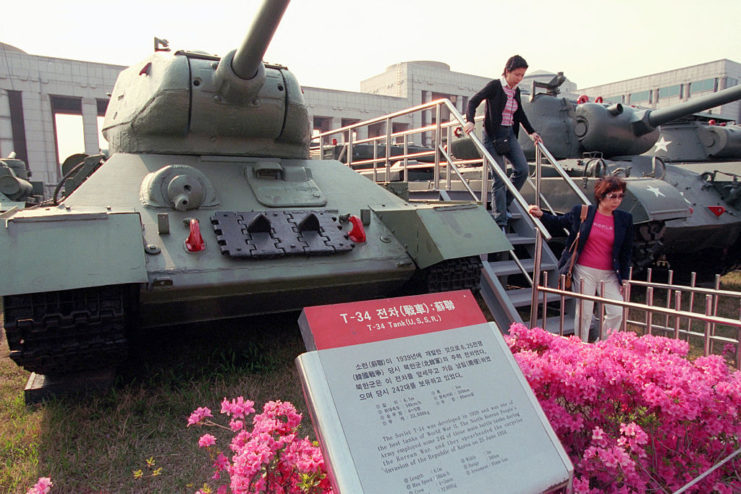
The LRAC-50 73 mm bazooka was pressed into service during the Korean War with members of the French Contingent Forces. These troops often trod over rough terrain, so the compact size of the weapon was a major benefit. The bazooka also proved to be quite effective against the T-34 tanks manned by the Chinese.
The LRAC-50 73 mm bazooka was also used during the First Indochina War and the Algerian War. While the conflicts didn’t feature heavy tank battles, they showed how effective the weapon was against other targets. French soldiers used it to break up bunkers and fortified positions, and it also proved effective during the jungle-based fighting that occurred in French Indochina.
Later use of the LRAC-50 73 mm bazooka
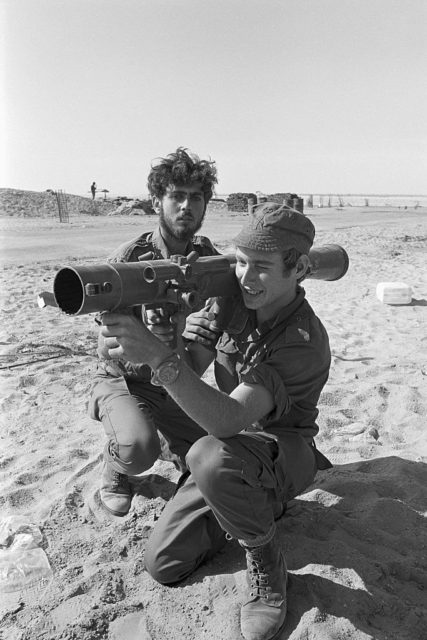
Following the Korean War, the French had little use for the LRAC-50 73 mm bazooka. However, other nations did. The newly-independent soldiers of Morocco were given a large stockpile of the weapon, while many more were delivered to the Israel Defense Forces (IDF). They fought a number of battles throughout the next few decades and used the bazooka to great effect. The IDF discontinued its use of the launcher following the Six-Day War in 1967.
More from us: The Sabot Round Pierces Tanks and Liquifies Its Targets
Today, the LRAC-50 73 mm bazooka has been replaced by more modern weapons. Collectors, however, are still interested in getting their hands on them. A few years back, a number hit the collectors market.
